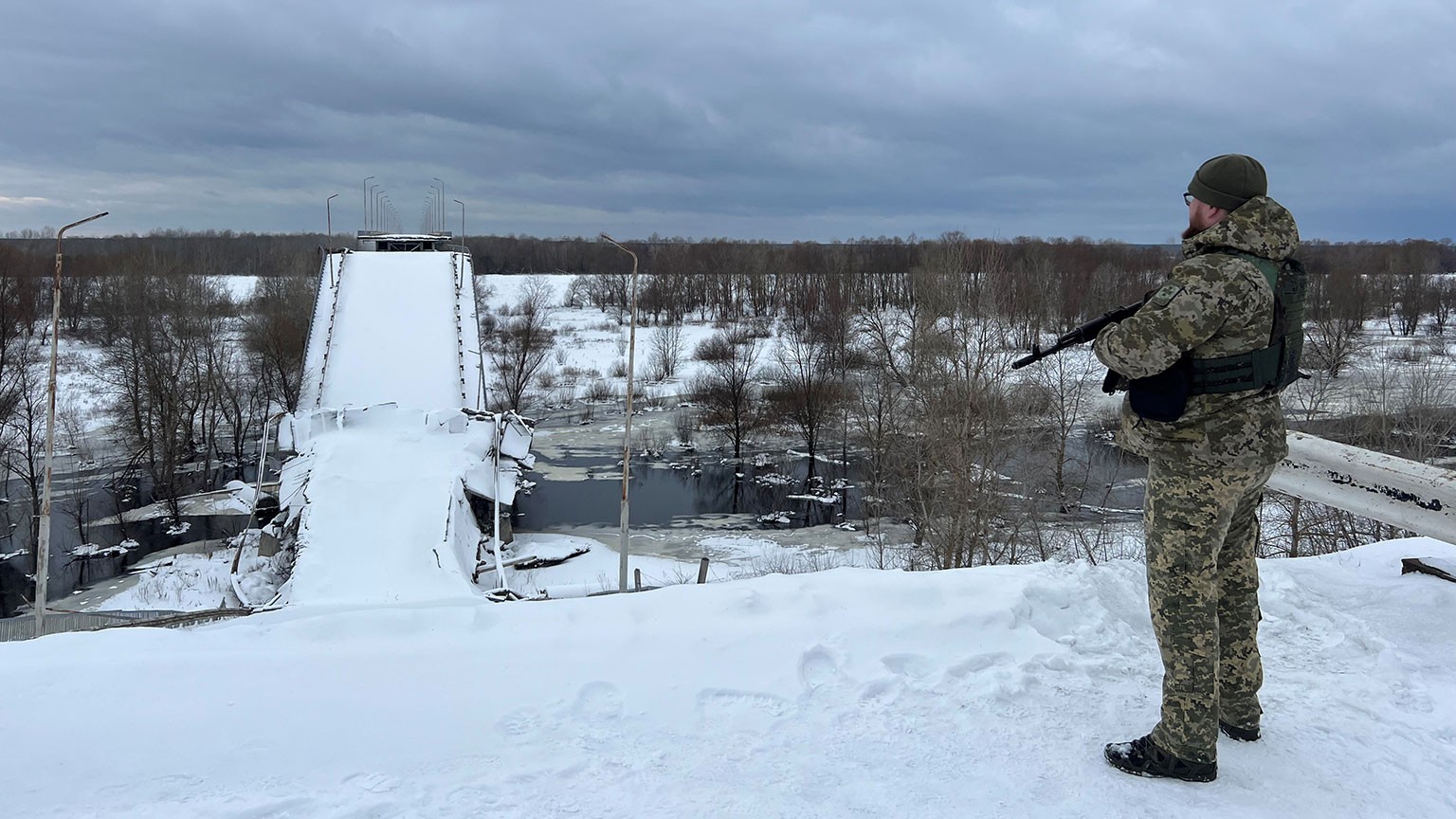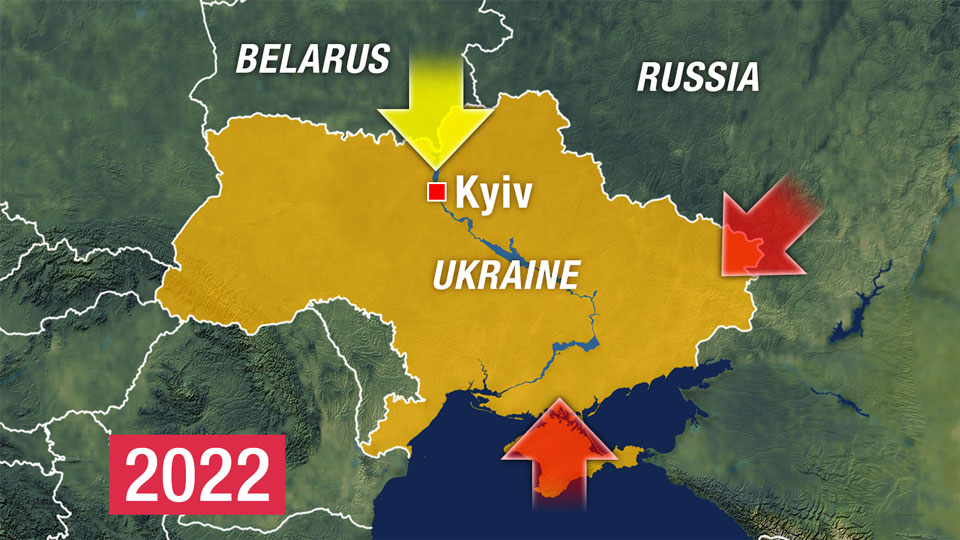
The border with Belarus is strategically important because it is straddled by several roads that lead to Ukraine's capital Kyiv. As we approached, we observed several obstacles and checkpoints set up to prevent tanks from getting through.
Whereas Belarus border crossings were once busy with traffic, now they are closed tight.
A bridge destroyed by the Ukrainian army to block the Russian advance lies in ruins, a reminder of the violent conflict that unfolded here. A ditch roughly four meters wide and two meters deep is in place to stop Russian military vehicles from getting through.
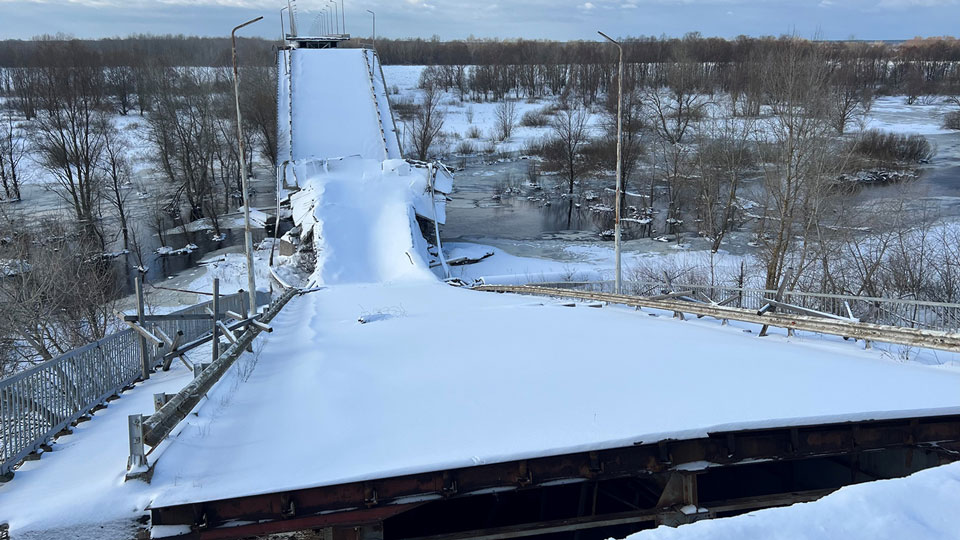
Signs along a road near the border indicate that Ukraine has planted the area with landmines, making it uninhabitable.
Vigilance is key
Soldiers monitor the area 24 hours a day from a new surveillance post, constantly scanning the horizon for unusual activity. "If we detect any signs that Russia is preparing to attack, we'll be ready to deploy a large number of soldiers and go into a state of emergency," a border guard told NHK. The border defenses are fortified by a vast network of trenches that resembles a maze.
While there have been no indications that another attack is imminent, he said, "we must continue to strengthen our surveillance and defense systems and constantly train our personnel to be prepared for any changes in the situation."
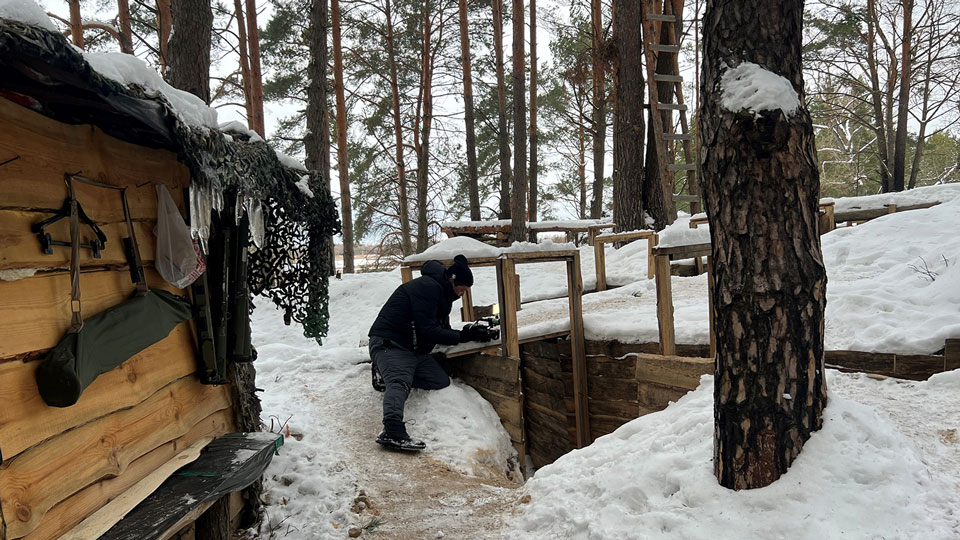
With winter temperatures in Ukraine often diving to well below freezing, it can be a struggle for the soldiers along the border to stay warm—and motivated. Officials have put heaters into the trenches to take some of the bite out of the chilly conditions. Next to the trenches is a small kitchen where they can cook warm meals such as borsch, a Ukrainian specialty.
Life goes on in border village
NHK traveled to Dniprovske, a border village that came under siege by Russian forces in the early stages of the invasion.
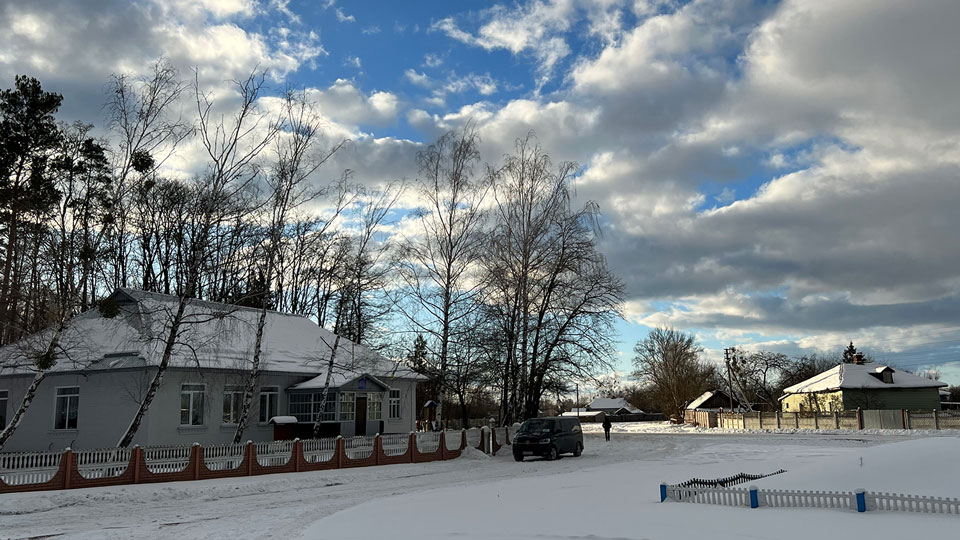
A village official told us that the civilians didn't experience acts of violence or cruelty at the hands of the Russians, but struggled to obtain food and other basic supplies when the invading forces cut off access roads.
A woman working at a grocery shop in the village center told NHK that most of the customers now are soldiers rather than civilians. "We're getting by," she said. "But things are harder because we're on the border, and therefore there are fewer visitors. They don't let us go to the border, and they don't let us go to the river. But otherwise, everything is fine.
"We live in an area that's controlled by our military. And we count on them."
Villages echoed her sentiment, telling us that despite being so close to the border, they feel well protected by Ukrainian soldiers.
The mayor, Valentyna Derkach, was more forthcoming. Derkach said that although most of the population of around 680 people had stayed, many had been traumatized by the Russian invasion. "People have become more withdrawn, more gloomy," she said. "We try not to show it, but it's in everyone's hearts, in their souls."
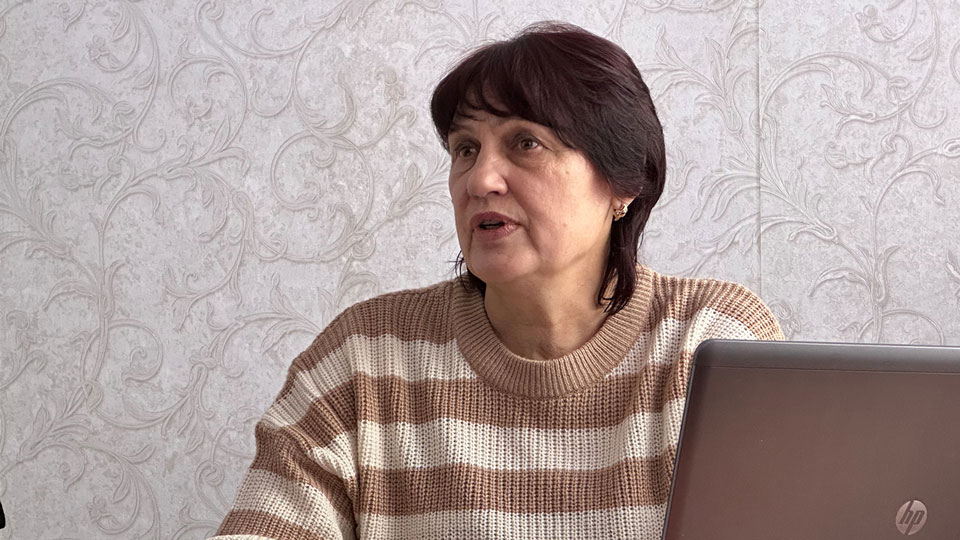
Ukraine, Belarus and Russia used to be like sisters, she said.
"Maybe in many generations' time, it will be fixed. Maybe in many years, that will happen. But I can't say that today."
